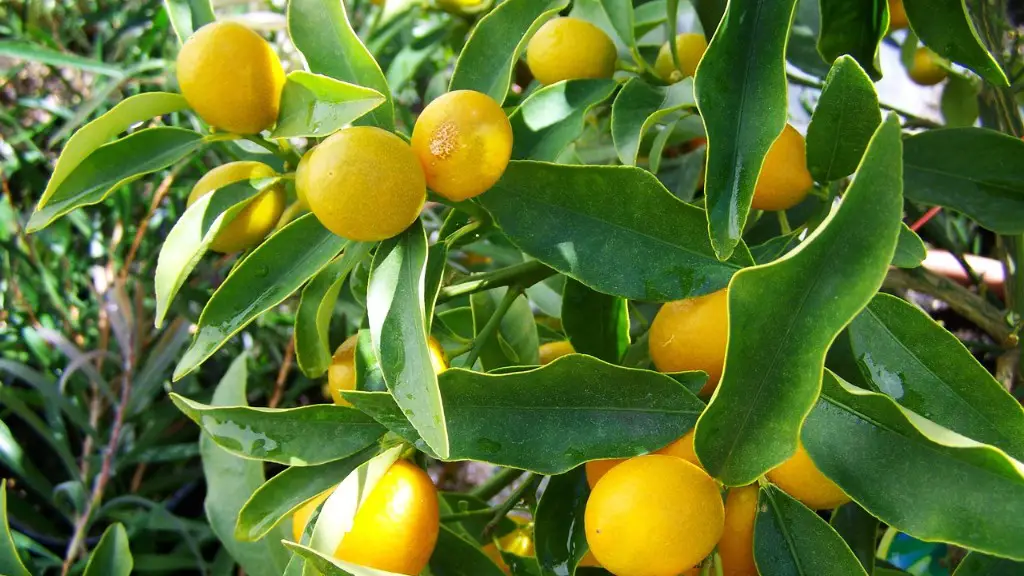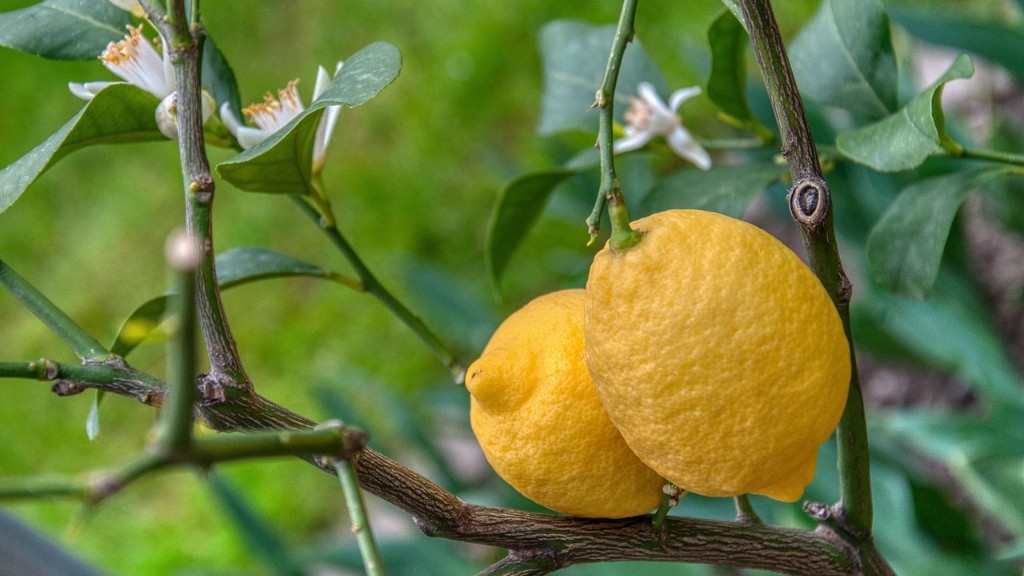Weeping cherry trees are considered to be one of the most beautiful and elegant trees to own, but they can be among the more challenging and harder plants to grow and care for. The flowing branches, billowing flowers, and picturesque silhouette are a sight to behold. That said, not all weeping cherries are created equal, and the type and species you choose can make or break the success of your tree and its growth.
When selecting a cherry tree, it is important to consider the type and variety, size, climate, and environment. If you are planning to grow a weeping cherry tree in cold climates, you will need to select a variety that is hardy enough to withstand frigid temperatures and harsh weather. If you live in a warmer climate, then a more delicate cultivar will likely be more suitable.
Fertilizing is also an important aspect to consider when growing a weeping cherry tree. Fertilizer should be used regularly during the growing season, but it is important to avoid over-fertilizing the tree, as too much fertilizer can lead to the tree’s roots becoming waterlogged and can even burn the foliage. It is important to use a slow-release fertilizer and to spread it at a safe distance from the tree’s root system.
When moving the weeping cherry tree, it is important to use a lightweight soil that is mixed with lots of organic material and water. The soil should be well-draining so that the tree’s roots do not become waterlogged. When planting the tree, it is important to create a deep hole that is twice as wide as the root ball. Once transplanted, the tree should be given several months to adjust to its new location before any trimming is done.
Watering your weeping cherry tree is also very important. During the dormant winter season, the tree will not require much in terms of water, but it is important to keep the soil slightly damp and not completely dry. During the growing season, the tree should be watered regularly, but not to the point of overwatering, as this could cause the tree to suffer. The tree should receive about an inch of water per week.
Keeping your weeping cherry tree healthy will ensure that it grows to its full potential. Pruning the tree properly is important for keeping the shape of the tree in check and for encouraging healthy growth. It is important to prune the tree every spring, in order to remove any dead, diseased, or damaged branches. In addition, pruning will help to foster new growth and encourage beautiful blooms.
When it comes to growing a weeping cherry tree, proper care and maintenance is not something that can be overlooked. With the right care and attention, you can have a beautiful, healthy, and graceful tree that will add to the look of your garden or landscape. These graceful trees have been a staple of gardens and landscapes for centuries, and their delicate beauty and graceful form can be enjoyed for many years.
Composting
Composting is an important step to enhancing fertility in the soil surrounding your weeping cherry tree. Composting provides a host of benefits to your tree; it helps to maintain a soil structure that allows for the penetration of air, water and other nutrients that are essential for your tree’s growth and health. Adding layers of compost will help to aerate the soil, which will in turn make it easier for the roots to take in the nutrients it needs. Compost also can help to improves soil texture, which in turn will encourage healthy growth and blooming of the time.
Compost can be made from a variety of sources such as grass clippings, decaying leaves, vacuumed pet fur, old detergent dust, and other plant-based products. When composting with kitchen waste, it is important to be mindful of not creating an unpleasant smell and look from too much moist materials. Finally, it is important to mix the compost with the soil for the best results and continued success of the weeping cherry tree.
Mulch and Shade
Mulching is another key element in creating a healthy environment for your weeping cherry tree to thrive. Mulching serves to protect the roots from extreme temperatures during the summer or winter and creates a buffer for the roots to protect them from being damaged. Organic mulches like straw, hay, or compost should be used and should be replenished once a year. When applying mulch, it is important to keep the mulch away from the trunk of the tree so as not to damage the base of the tree.
Having too much shade can also be a problem for your weeping cherry tree. Without adequate sunlight, the tree will not be able to produce enough energy to sustain itself and therefore, will not be as healthy as it can be. It is important to make sure that the tree gets adequate sunlight exposure during the day in order to stay healthy and strong.
Pest and Disease Prevention
As with all plants, a weeping cherry tree is susceptible to attacks from pests and diseases. Regular inspection and treatment of your weeping cherry tree will help to prevent any major problems from occurring. Common pests to look out for include aphids, scales, and caterpillars. In order to treat these pests, it is best to use a product that specifically targets these organisms.
Diseases are another potential problem that can befall a weeping cherry tree. Common illnesses include fungus, bacteria and viruses that can cause both cosmetic and structural damage to the tree. If any diseases or illnesses are identified, it is best to treat them as soon as possible in order to ensure the health and longevity of the tree.
Creating the Right Environment
Creating the optimal environment for your weeping cherry tree is essential to its growth and development. Ideally, the soil should be moist and acidic, and the tree should receive adequate sunlight and fresh air. Sunlight should be provided for about six hours per day during the growing season, and the tree should be sheltered from strong winds, excessive heat, and cold temperatures that can wither and weaken the foliage. Also, it is important to take care to not over-water or over-fertilize the tree, as these can have serious and damaging effects to the tree’s health.
Fertilization Schedule
In order to be successful in growing your weeping cherry tree, it is important to follow a regular fertilization schedule. Fertilization should be done three times per year, in the spring, summer, and early fall. For best results, use a fertilizer that is made specifically for trees and plants. Too much fertilizer can be damaging to the tree, so it is important to only use the recommended levels of fertilizer and to spread it evenly throughout the soil. Additionally, it is best to water the tree after fertilizing for maximum absorption.



